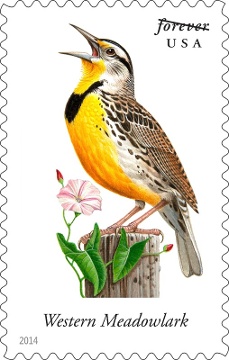Publication of the BC Breeding Bird Atlas is raising alarms about the decline of several species across the province. The atlas is one of the largest citizen-science initiatives in B.C. history. More than 1,300 volunteers contributed some 60,000 hours of their time over eight years to document the status of birds. A sampling includes:
Tree Swallow (Tachycineta bicolor)
Surveys indicate the species is in gradual decline, like other birds feeding on flying insects. The decline is slightly more pronounced in B.C. than Canada generally. Possible causes: insect declines due to pesticides, loss or pollution of wetlands, loss of nesting cavities due to scarcity of old trees (clear-cut logging, fire suppression) and competition from alien species such as the European starling.
Pacific Wren (Troglodytes pacificus)
B.C. has a high global responsibility for this species. Guidelines for forest operations developed elsewhere should be evaluated for this province. This species is at its highest densities in wetter and older forests with considerable structure in terms of logs, snags and debris on the forest floor. Areas of harvested forest stands are less suitable.
Western meadowlark (Sturnella neglecta)
Significant declines, like other grassland bird species in North America. The species has lost more than half its Canadian population since 1970. The population trend in B.C. is similar but slightly less steep than the national trend. The causes of this decline are likely habitat loss and degradation, both on the breeding grounds in Canada and the wintering grounds in the U.S. and Mexico.
Rufous hummingbird (Selasphorus rufus)
While the species’ range is expanding, populations have declined significantly since the 1970s for reasons not well understood. Monitoring of population trends should continue, with banding. Research should include the effects of landscape changes on population distribution and breeding success.
Evening grosbeak (Hesperiphona vespertina)
Across Canada, populations have shown a large decrease since 1970, likely due to factors such as large-scale forestry, disease and reduced food due to fewer forest insect infestations, especially spruce budworm. It may be that the recent decline is largely a return to normal levels as budworm outbreaks have declined. Collisions with moving cars are a common source of mortality.
Source: Vancouver Sun, 16 May 2016
http://vancouversun.com/news/local-news/b-c-birds-in-decline-5-to-watch

- Login om te reageren
